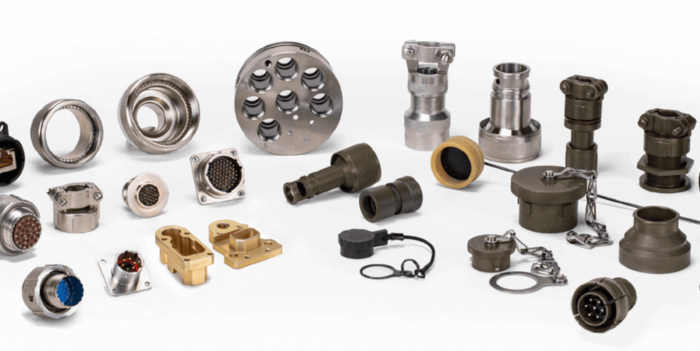
Deal Diagnostic: North American Partners in Anesthesia (NAPA) Acquires American Anesthesiology from MEDNAX (NYSE: MD)
Vast consolidation within anesthesiology practice management has been underway for over a decade, but the announcement last week that North American Partners in Anesthesia (NAPA), a portfolio company of American Securities, had acquired American Anesthesiology from MEDNAX (NYSE: MD) brought renewed attention to M&A activity within the specialty. The combination of these organizations creates the largest private equity-backed anesthesia platform, with over 6,000 clinicians serving more than 500 facilities and over three million patients annually.
Why MEDNAX Divested
NAPA and American Anesthesiology are not strangers to M&A activity, with each of these businesses growing through robust acquisition strategies since their formations in 1986 and 2007, respectively. By the end of 2019, American Anesthesiology realized over $1.2 billion in revenue for MEDNAX, resulting from over 30 disclosed anesthesiology practice acquisitions since inception. Despite the numerous benefits realized from large-scale consolidation, American Anesthesiology has recently underperformed relative to other specialties within MEDNAX’s portfolio, including women’s and children’s services, radiology and managed services, ushering in several calls to action from activist investors. Inflation in labor costs, adverse changes in payor mix and a difficult reimbursement environment have created challenges for American Anesthesiology over the past several years. The final blow was dealt by the current economic downturn brought on by COVID-19, reducing volumes by 60 to 70% in April alone, driven by the elimination of elective and/or non-essential procedures which affect anesthesiology disproportionately to other specialties, forcing MEDNAX to rationalize its portfolio and shed the underperforming business to curtail future cash loses.
How the Deal Went Down
By all accounts, this transaction followed a highly expedited timeline, driven by near-term uncertainty presented by COVID-19 and MEDNAX’s desire to stem losses and conserve cash. Although total enterprise value was not disclosed, MEDNAX’s cash proceeds at close was a scant $50 million, but (more importantly) includes the immediate cessation of cash losses related to American Anesthesiology (estimated to between $150 to $250 million) and the retention of net working capital items totaling approximately $110 million. Additionally, the transaction includes incremental contingent consideration of up to $250 million for MEDNAX, in the event that NAPA is sold by American Securities at a minimum exit multiple of 5x invested capital. This highly unusual structure is attributable to the speed in which the deal went down and the desire by both parties to reach a mutually beneficial agreement.
What’s Next for NAPA and American Anesthesiology
This could be the first of many larger acquisitions by NAPA as it continues to execute its rollup strategy within anesthesiology. John F. Di Capua, Chief Executive Officer of NAPA was quoted in a press release for the transaction stating, “Our proven best practices from our combined organization, regionally-oriented dyad structure, data driven anesthesia services and innovative technology will all now be able to be deployed on a greater scale. This will enable us to create value for our partners across the country and reinvest in the business to ensure that our clinicians stay at the forefront of anesthesiology to deliver the best patient care.” Look for NAPA to continue to be opportunistic with M&A, as others will likely to look toward larger anesthesia platforms for near-term capital preservation, complemented with operation stability and scale, technology innovation and long-term growth prospects.
What This Means for Middle-Market Deals in This Sector
For the next three to six months, it is likely that M&A deals within physician practice management will continue to rely on creative transaction structures to bridge valuation gaps when accounting for broader market uncertainty. We expect that by mid-to-late 2020 and beyond, we will see a rebound in physician practice earnings, stabilization in the capital markets and more clarity in the M&A market. We believe that healthy middle-market anesthesiology practice deals will continue to trade at a premium, as investors like NAPA will continue to seek quality providers with strong underling businesses.
Related Professionals
Get in Touch
Tell us a little about yourself and we will get in touch as soon as we can.

 Back to news articles
Back to news articles



